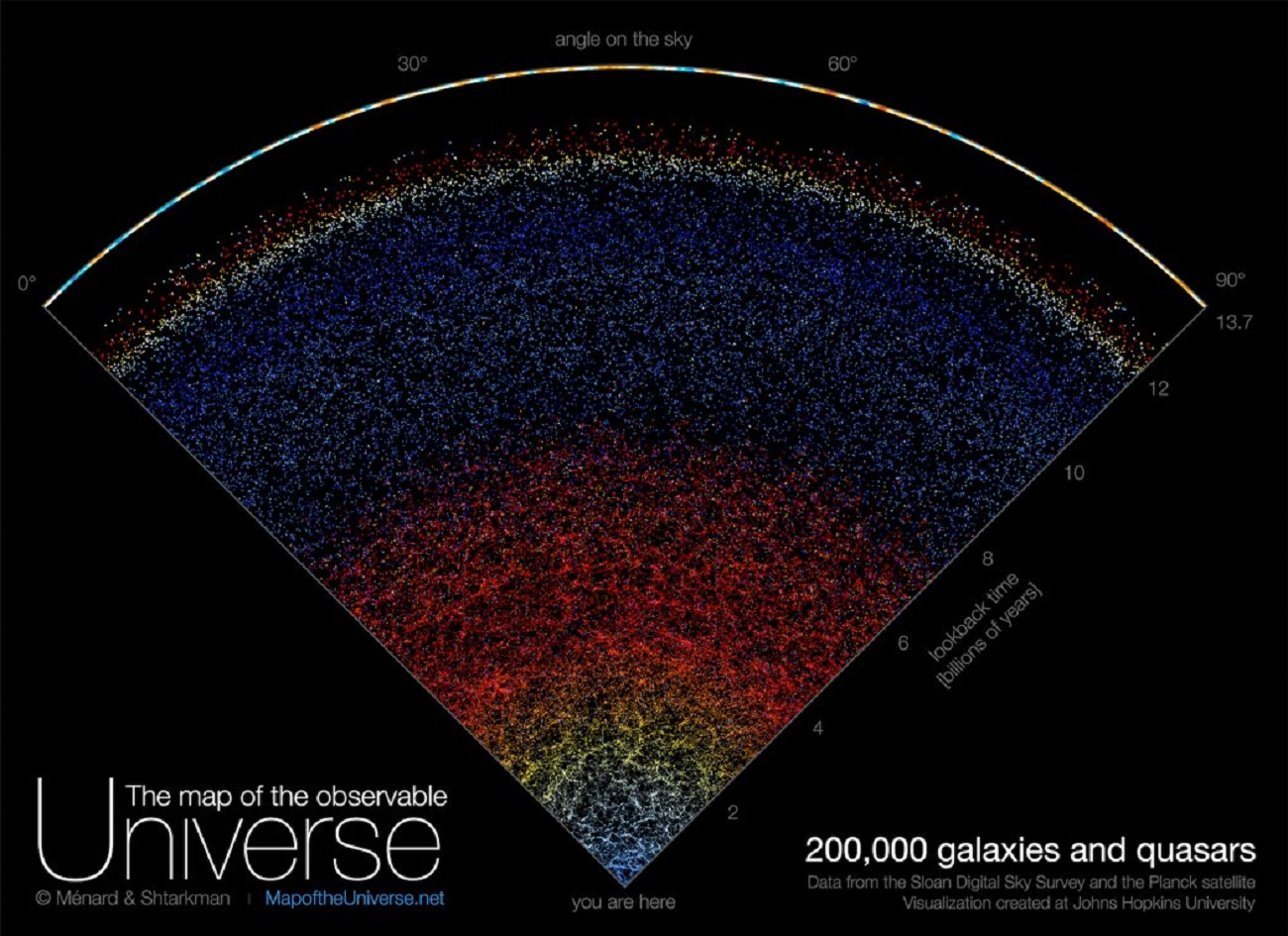Imagine, for example, that you want to depict the activity of the atoms that make up some material. Suddenly we realize that on an atomic level we are in a completely different world, where everything is constantly moving, constantly vibrating. So, of course, it seems impossible to capture this mess in a photograph. Of course this is a feeling that is not supported by any science, and as usual in cases of such feelings it is completely wrong.
A team of scientists from Columbia University in New York decided to create a camera capable of significantly shortening the shutter speed. how much? About 250 million times faster than commonly available digital cameras. Creating such a device, with the shutter open for only a trillionth of a second, would actually allow us to see what’s going on in any material at the atomic level.
Read also: Scientists photograph atoms in record resolution. Is this the limit of photography?
In March 2023, scientists showed innovative approachShe is able to freeze Chaos in time on an atomic level. It has a non-media name vsPDF, which is short for Variable atomic pair distribution function. The researchers point out that for the first time in history, their discovery will make it possible to observe any material at a level of detail where it is possible to know which atoms vibrate and interact with each other and which do not. Most importantly, the faster the shutter speed, the sharper the image becomes, just like when you’re trying to take pictures of kids jumping and running with or without Sports mode.
But on an atomic level, there is no classic shot. Instead, vsPDF uses neutrons to determine the position of atoms. Neutrons are emitted towards the test material and then observed as they pass and strike. Based on the information obtained in this way, the atoms surrounding the material can be measured. Changes in energy levels directly correspond to shutter speed.
It is worth noting here that scientists still need to be able to distinguish between the dynamical perturbation of interest and the typical statistical perturbation, which is the natural vibration of atoms, which does not improve the properties of matter in any way.
In one experiment, the scientists modified the vsPDF neutron camera to study germanium telluride. This material is often used to convert waste heat into usable electricity.
The camera revealed that GeTe has a crystalline structure at all temperatures, but more dynamic disturbances can be seen at higher temperatures. As the temperature increased, the atoms converted their motion into thermal energy, and interestingly, the gradient of these changes corresponds to changes in the direction of the material’s electrical polarity.
So it turns out that looking at different materials at the atomic level with an ultrafast neutron camera allows us to learn more about the thermal properties of individual materials, and thus make better and more efficient devices.
However, for now, scientists have a lot of work to do. There is a lot that needs to be refined and improved before neutron cameras begin to be widely used for testing new materials. However, vsPDF proves that we are heading in the right direction.

Echo Richards embodies a personality that is a delightful contradiction: a humble musicaholic who never brags about her expansive knowledge of both classic and contemporary tunes. Infuriatingly modest, one would never know from a mere conversation how deeply entrenched she is in the world of music. This passion seamlessly translates into her problem-solving skills, with Echo often drawing inspiration from melodies and rhythms. A voracious reader, she dives deep into literature, using stories to influence her own hardcore writing. Her spirited advocacy for alcohol isn’t about mere indulgence, but about celebrating life’s poignant moments.








